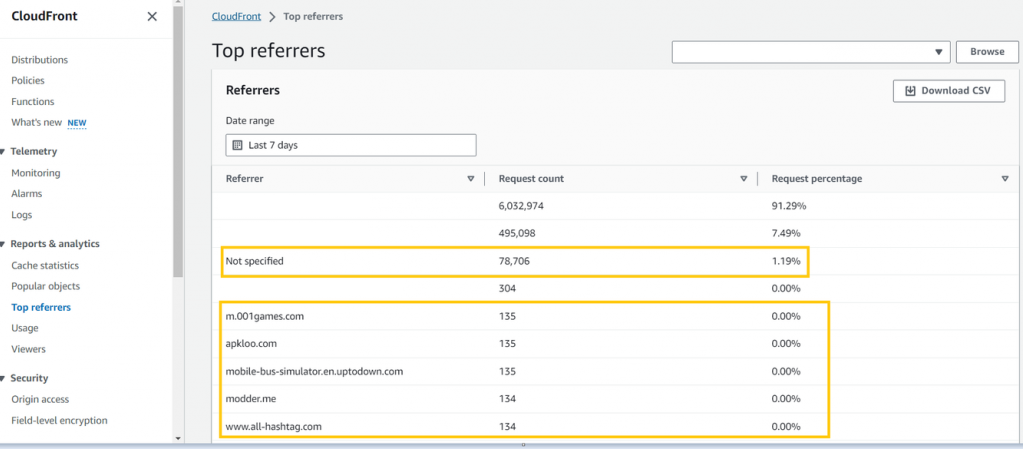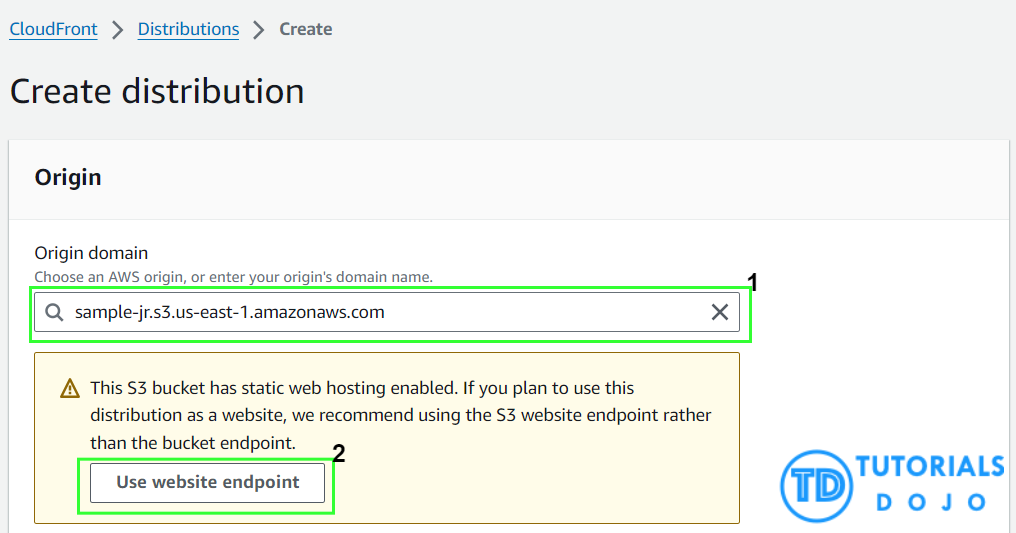Automate CloudFront Invalidation via Slack
Lois Angelo Dar Juan2024-10-25T10:03:51+00:00In today's digital age where most people are using gadgets, we're likely familiar with the term "cache". Most of us first hear about cache when looking to free up storage or improve performance on our mobile devices especially for android users. If we look at our device's settings then navigate to the storage of an application, we will see two options: one is to delete the app entirely, and the other one is to clear its cache. Of course if you're still using your application, you'll click the second option. And after it, voila! Your application seems to run smoother. [...]










